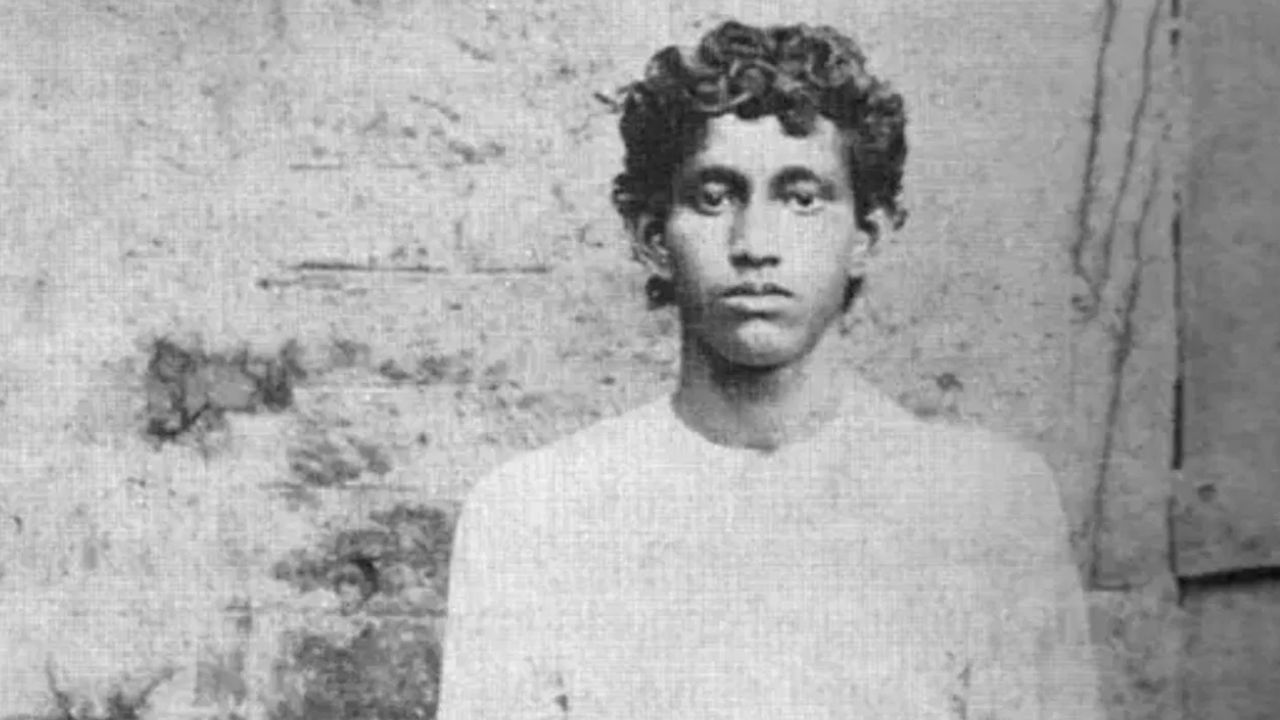There are names in history that textbooks often reduce to a paragraph, but whose very lives were blazing torches that could have set the pages of our national consciousness on fire. Khudiram Bose is one such name. August 11 marks the death anniversary of this Bengali revolutionary, who was barely 18 when the British hung him, but already old in resolve, fierce in convictions, and immortal in courage.
In an age where revolutions are often measured in hashtags and trending videos, it is worth pausing to remember a boy who walked to the gallows with a smile, leaving behind a stunned British administration and a nation trembling with grief and newfound fire.
A rare fusion of ideologies
Khudiram’s association with Jugantar, a secret revolutionary group, places him firmly in an era of the Indian freedom movement unlike any other. It was an era where Hindutva, cultural nationalism, and socialism coexisted in the focal point of revolution against the British Raj. The revolutionaries of that period were not fragmented by ideological turf wars. The Hindu spiritual ethos gave them purpose, cultural nationalism gave them identity, and socialism gave them an egalitarian vision. It was a powerful fusion the British could neither fathom nor defeat — a unity forged not in committee halls, but in the hidden cells of resistance, in the crack of gunfire, and in the thunderous slogan of Vande Mataram.
The decision to take up arms
Let us be clear that Khudiram did not believe in peaceful petitions to the same empire that had reduced India to famine, despair, and servitude. This is not to dismiss the contributions of non-violent leaders, but to acknowledge that the war for India’s freedom had many battlefields and many strategies. Khudiram chose one in his own right.
On April 30, 1908, in Bihar’s Muzaffarpur, he hurled a bomb near the police station, aiming to assassinate British government officials. It was an act not of blind rage, but of calculated defiance.
The gallows and gathering storm
His arrest was swift and his trial was a formality. Subsequently his death sentence was preordained. On August 11, 1908, Khudiram walked to the gallows with the serenity of a saint and the pride of a soldier.
When he walked to the gallows that morning, he was not broken, not fearful, not hesitant. He was smiling, shouting Vande Mataram, and meeting death as if it was a friend. In that moment, he was the embodiment of India’s undying spirit. That image, more than any speech or manifesto, explains why his name is still spoken with reverence.
What followed was something the British did not anticipate — the spontaneous uprising of youth. Soon the Bengal Province — which then included the present-day West Bengal, Odisha, Bihar, and Bangladesh — erupted in fury. The student community was the first to rise. The streets of Calcutta (now Kolkata) were so choked with processions that multiple rallies would crisscross each other without dispersing. The air was thick with slogans, the sound of marching feet, and the righteous anger of a generation unwilling to let his sacrifice fade.
Khudiram’s smiling face at the gallows became a legend whispered in homes, recited in student gatherings, and printed on clandestine posters. The British could kill the boy, but they could not kill the idea that a life well-lived is one lived for the nation.
Dozens of young men, inspired by Khudiram’s courage, struck back at the British in the months that followed. They assassinated colonial officers, raided armouries, and faced death with a fearlessness that made the British administration shudder. Many embraced martyrdom not with tears, but with pride.
The dawn of Agni Yuga
Historians call this the beginning of the Agni Yuga — the fiery age — in India’s freedom movement. It was not merely a period of violence, it was an era of heightened national consciousness where martyrdom was not a tragedy but an honour.
The Agni Yuga was not sustained by leaders alone. It was sustained by a network of nameless patriots who printed pamphlets in the dark, hid weapons under haystacks, ferried messages across districts disguised as ordinary letters, and provided shelter to fugitives under the nose of the British police. It was a people’s war.
Why Khudiram still matters
In the present climate of political division and ideological trench warfare, Khudiram’s life offers a stark reminder — the freedom struggle was not a monolithic movement. It was a tapestry woven with many threads, and the armed struggle was not the fringe, but the backbone in certain crucial phases.
Khudiram represents a truth that modern political correctness often shies away from — that sometimes, history turns not on compromise, but on confrontation. The British did not quit India because they were politely asked to. They left because every decade saw the rise of the likes of Khudiram.
Sat Sat Naman
On this death anniversary, we do not merely remember Khudiram Bose, we recommit ourselves to the values he lived and died for. We recognise that freedom of India was bought with lives, with dreams unfulfilled, with futures sacrificed.
The Agni Yuga that Khudiram helped ignite may be a century behind us, but the fire remains in every assertion of India’s civilisational pride.
Sat Sat Naman to Shaheed Khudiram Bose — the boy who became a beacon, the spark who became a flame, the flame that lit the fiery age of India’s freedom.
(The writer is a Senior Multimedia Journalist)
